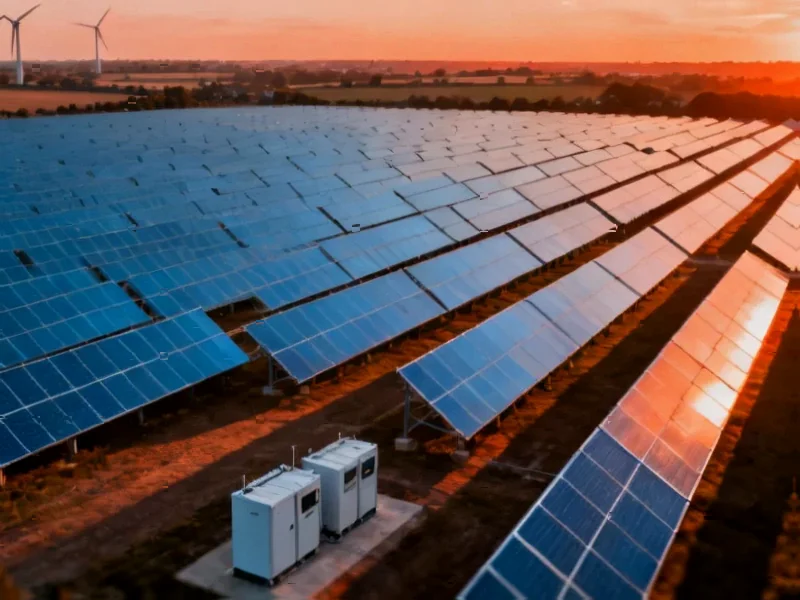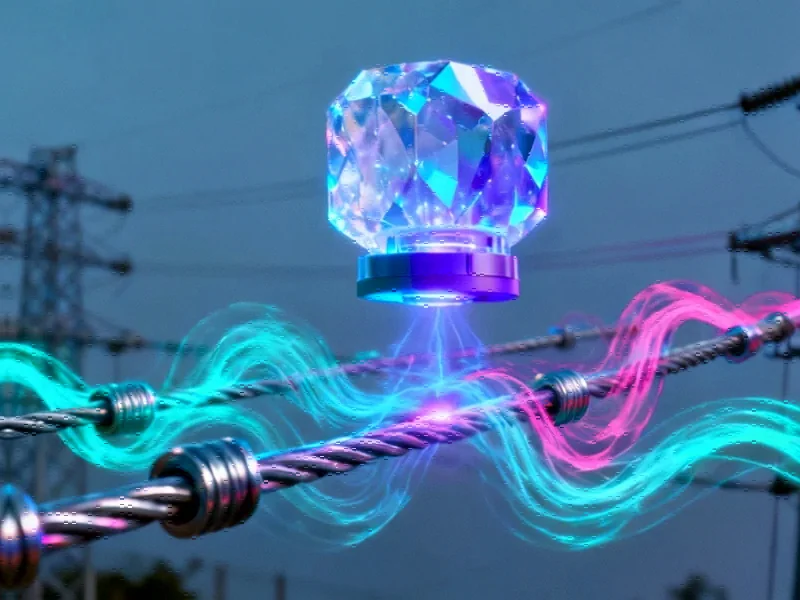According to Utility Dive, Xcel Energy has asked Minnesota regulators for permission to double battery storage capacity at its Sherco coal plant site from 300 MW to 600 MW, which would make it the largest battery storage facility in the upper Midwest. The utility also wants to add 135.5 MW at its Blue Lake facility and expand the Sherco Solar facility with another 200-MW array. Construction is planned to start in 2026 with operations beginning in late 2027, using lithium iron phosphate battery technology that discharges energy in four-hour increments. The projects will reuse existing grid connections to store energy from wind, solar, nuclear and natural gas facilities across Xcel’s system. Xcel expects federal tax credits to offset 30-40% of project costs, and this comes as part of a $15 billion addition to the utility’s five-year capital plan covering massive renewable energy and storage investments.
<h2 id="coal-plant-transition”>The coal-to-clean energy pivot
Here’s what’s really interesting about this move: Xcel is strategically placing massive battery storage right at the site of a coal plant that’s scheduled to retire in 2030. That’s not a coincidence. They’re basically future-proofing their infrastructure by using existing grid connections that were built to handle the coal plant’s output. Smart move, right? Instead of building entirely new transmission lines, they’re repurposing what’s already there. The Sherco plant has been a workhorse for Minnesota’s energy needs for decades, and now it’s getting a second life as a clean energy hub. This is becoming a pattern across the utility industry – turning retiring fossil fuel sites into renewable energy centers.
Why the battery boom makes sense now
Look, the economics have completely shifted. With federal tax credits covering 30-40% of these projects, the math works in a way it never did before. Xcel’s president Bria Shea said it plainly: batteries help store energy when it’s cheap and dispatch it when needed. That’s the whole game right there. Solar and wind are fantastic when the sun’s shining and wind’s blowing, but what about when they’re not? Batteries solve that intermittency problem. And with lithium iron phosphate technology becoming more affordable and reliable, utilities can finally make these investments pencil out. The four-hour discharge capability is pretty standard for grid-scale storage – long enough to cover peak demand periods without breaking the bank.
The massive scale of Xcel’s transformation
Now step back and look at the bigger picture. This battery expansion is just one piece of Xcel’s $15 billion capital plan addition. We’re talking about 7.5 GW of new renewable generation, 3 GW of new gas plants, 1.9 GW of energy storage, and 1,500 miles of transmission lines. That’s an enormous commitment to overhauling their entire system. And they’re doing it while expecting 5% growth in retail sales through 2030. So they’re not just maintaining the grid – they’re expanding it while completely transforming its fuel mix. The wildfire mitigation spending is crucial too, especially after Xcel faced lawsuits related to Texas wildfires. They’re covering all their bases here.
What this means for the energy transition
Basically, we’re watching a major utility execute the playbook that energy experts have been talking about for years. Retire coal, build renewables, add storage to balance it all out. Xcel serves 3.9 million customers across eight states, so when they make moves like this, it matters. Other utilities will be watching closely to see how these projects perform. The timing is interesting too – starting construction in 2026 means these batteries will be online well before the coal plant retires in 2030. That gives them time to work out any kinks and ensure a smooth transition. It’s a practical approach to the energy transition, one that prioritizes reliability while pushing forward with clean energy. Could this become the model for other utilities facing similar retirement schedules? Probably.




